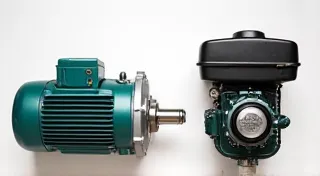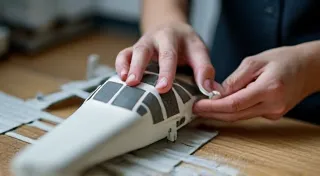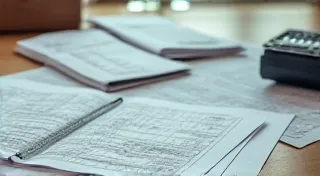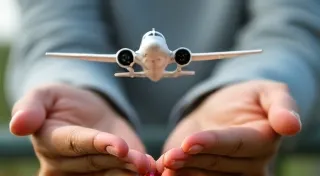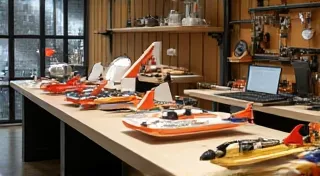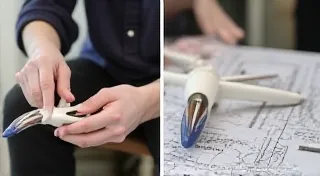Maintaining Your RC Airplane: Longevity Tips
Building your own radio-controlled airplane is a rewarding hobby, but the fun doesn’t stop once it’s airborne. Consistent maintenance is crucial for extending the lifespan of your RC airplane and ensuring it performs at its best. This article will cover essential cleaning, repair, and storage tips to keep your model airplane flying smoothly for years to come.
Cleaning Your RC Airplane
Dirt, dust, and debris can accumulate on your RC airplane after each flight, impacting performance and potentially causing damage. Regular cleaning is a simple but vital maintenance task.
- After Every Flight: Wipe down the fuselage, wings, and tail surfaces with a clean, damp cloth. Pay particular attention to areas where dirt can easily collect, such as around control surfaces and landing gear.
- Dealing with Stubborn Dirt: For more stubborn dirt or grime, use a mild soap solution (dish soap diluted in water). Rinse thoroughly with clean water and allow to dry completely before flying again.
- Control Surfaces: Carefully clean around hinges and control horns. A small brush can be helpful for reaching tight spots.
- Propeller: Inspect the propeller for chips or cracks after each flight. Even minor damage can significantly reduce efficiency and increase the risk of a crash. Replace damaged propellers immediately.
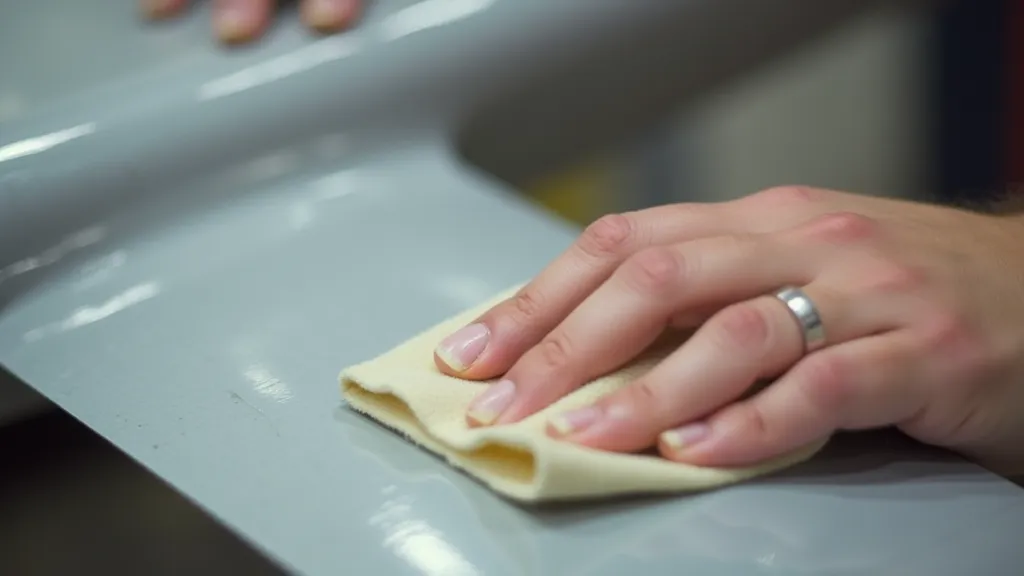
Repairing Common Issues
Even with careful flying, minor repairs are inevitable. Here's how to tackle some common problems:
- Cracked Fuselage: Small cracks in the fuselage can often be repaired with CA glue (cyanoacrylate adhesive). For larger cracks, consider using fiberglass cloth and epoxy resin.
- Broken Control Horns/Pushrods: These components are usually replaceable. Ensure you order the correct parts for your specific airplane model.
- Damaged Wings/Tail Surfaces: Depending on the material (balsa, foam, or composite), repairs can range from gluing broken pieces back together to patching with matching material.
- Servo Issues: If a servo is behaving erratically or making unusual noises, it may need cleaning or replacement.
Always refer to your airplane’s manual for specific repair instructions and recommended adhesives.
Proper Storage is Key
How you store your RC airplane when it's not in use can also impact its longevity. Follow these tips to prevent damage:
- Clean Before Storage: Always clean your airplane before storing it. This prevents dirt and grime from damaging the surfaces over time.
- Temperature and Humidity: Avoid storing your airplane in extreme temperatures or high humidity environments. These conditions can warp wood or damage electronic components.
- Dust Protection: Cover your airplane with a dust cover or store it in a container to protect it from dust and debris.
- Wing/Surface Protection: If possible, store the airplane with the wings and control surfaces gently secured to prevent accidental damage. Consider using foam padding or custom-built supports.
- Battery Care: If your airplane uses a lithium polymer (LiPo) battery, follow proper LiPo charging and storage procedures. Store LiPo batteries at a safe voltage and in a fire-resistant bag.
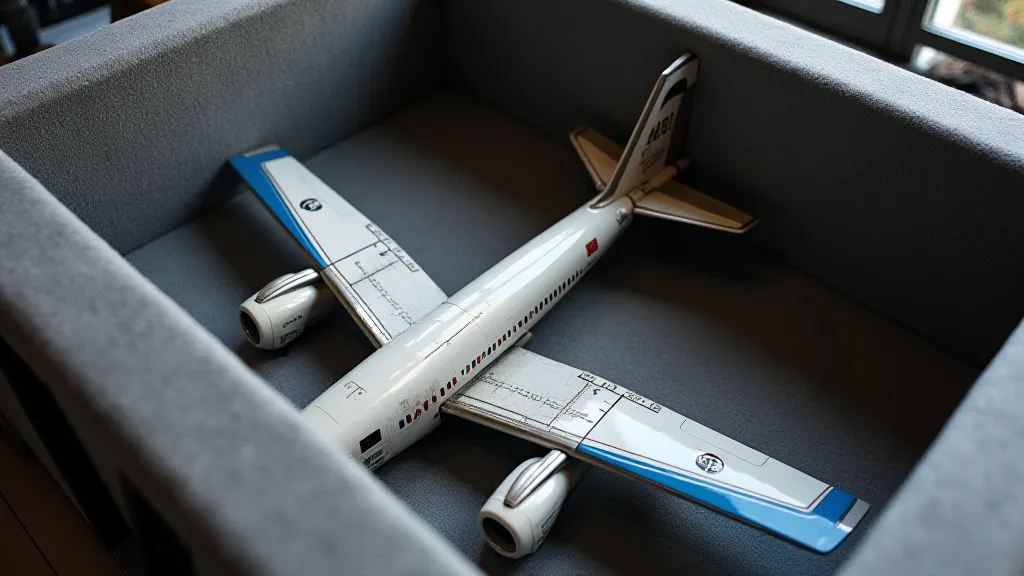
Regular Inspections
Beyond cleaning and repairs, regular inspections are essential. Before each flight, visually inspect the airplane for any signs of damage or wear. Check the control surfaces, hinges, and overall structure. A little bit of preventative maintenance can prevent a major problem down the road.
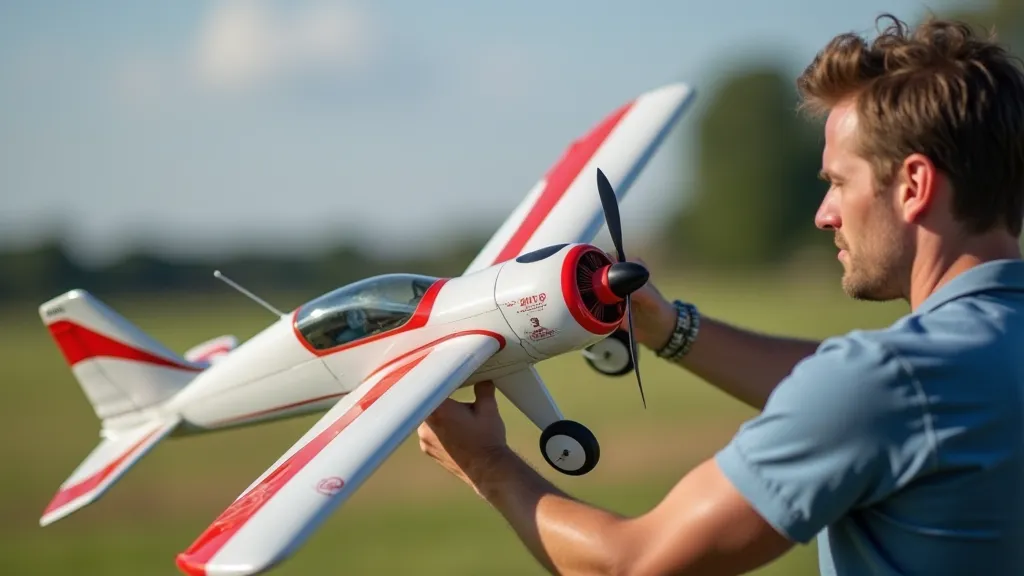
Conclusion
Maintaining your RC airplane doesn't have to be a daunting task. By following these simple cleaning, repair, and storage tips, you can significantly extend its lifespan and enjoy countless hours of fun flying. Happy building and happy flying!
